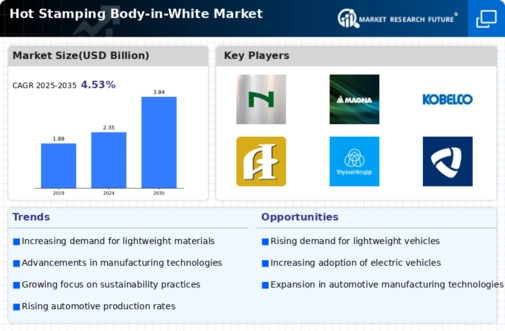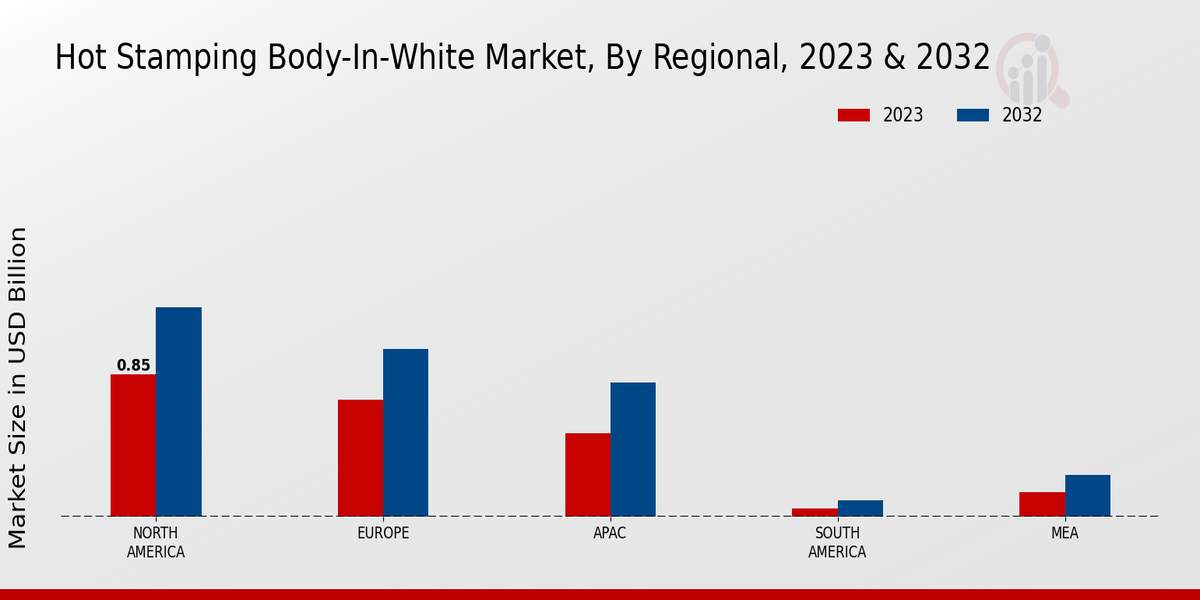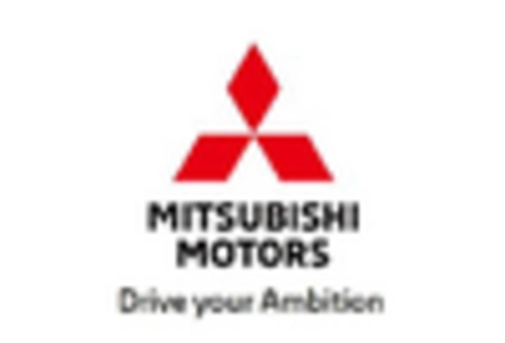Market Growth Projections
The Global Hot Stamping Body-in-White Market Industry is projected to experience substantial growth over the next decade, with estimates indicating a rise from 2.35 USD Billion in 2024 to 3.84 USD Billion by 2035. This growth trajectory suggests a compound annual growth rate of 4.56% from 2025 to 2035, reflecting the increasing adoption of hot stamping technologies across the automotive sector. As manufacturers seek to enhance vehicle performance and comply with stringent regulations, the demand for hot-stamped components is likely to escalate. This upward trend underscores the importance of innovation and efficiency in the automotive manufacturing landscape.
Stringent Safety Regulations
The Global Hot Stamping Body-in-White Market Industry is also shaped by the increasing stringency of safety regulations imposed on automotive manufacturers. As governments worldwide prioritize vehicle safety, manufacturers are compelled to adopt advanced technologies that enhance structural integrity. Hot stamping provides a viable solution by producing components that meet or exceed safety standards. This regulatory pressure is particularly pronounced in developed markets, where compliance with safety norms is non-negotiable. Consequently, the demand for hot-stamped parts is likely to rise, as manufacturers seek to ensure that their vehicles not only comply with regulations but also appeal to safety-conscious consumers.
Increasing Vehicle Production Rates
The Global Hot Stamping Body-in-White Market Industry is significantly influenced by the rising production rates of vehicles worldwide. As automotive manufacturers ramp up production to meet consumer demand, the need for efficient and durable body-in-white components becomes paramount. Hot stamping technology offers a solution by providing high-strength parts that can withstand the rigors of modern driving conditions. This trend is particularly evident in regions with robust automotive industries, such as Asia-Pacific and North America. The anticipated growth in vehicle production is expected to drive the market, with a projected compound annual growth rate of 4.56% from 2025 to 2035, indicating a sustained demand for hot stamping solutions.
Rising Demand for Lightweight Materials
The Global Hot Stamping Body-in-White Market Industry is experiencing a notable shift towards lightweight materials, driven by the automotive sector's emphasis on fuel efficiency and emissions reduction. Hot stamping technology allows for the production of high-strength components that are lighter than traditional materials, thus enhancing vehicle performance. As regulations tighten globally, manufacturers are increasingly adopting these advanced materials to meet compliance standards. In 2024, the market is projected to reach 2.35 USD Billion, reflecting a growing trend towards sustainable manufacturing practices. This shift not only improves vehicle efficiency but also aligns with consumer preferences for environmentally friendly options.
Technological Advancements in Manufacturing
Technological innovations play a crucial role in shaping the Global Hot Stamping Body-in-White Market Industry. The integration of automation and advanced robotics in hot stamping processes enhances production efficiency and precision. These advancements reduce cycle times and improve the overall quality of stamped components, making them more appealing to manufacturers. As the industry evolves, companies are investing in state-of-the-art machinery that supports high-volume production while maintaining stringent quality standards. This trend is likely to contribute to the market's growth, with projections indicating an increase to 3.84 USD Billion by 2035, as manufacturers seek to optimize their operations through technology.
Consumer Preference for Advanced Vehicle Features
The Global Hot Stamping Body-in-White Market Industry is witnessing a shift in consumer preferences towards vehicles equipped with advanced features, including enhanced safety and performance attributes. As consumers become more discerning, automotive manufacturers are responding by integrating high-strength materials that enable the production of safer and more efficient vehicles. Hot stamping technology facilitates the creation of complex geometries and lightweight structures, aligning with consumer expectations for modern vehicles. This trend is expected to bolster market growth, as manufacturers increasingly prioritize hot stamping processes to meet the evolving demands of consumers, thereby enhancing their competitive edge in the automotive sector.






















Leave a Comment